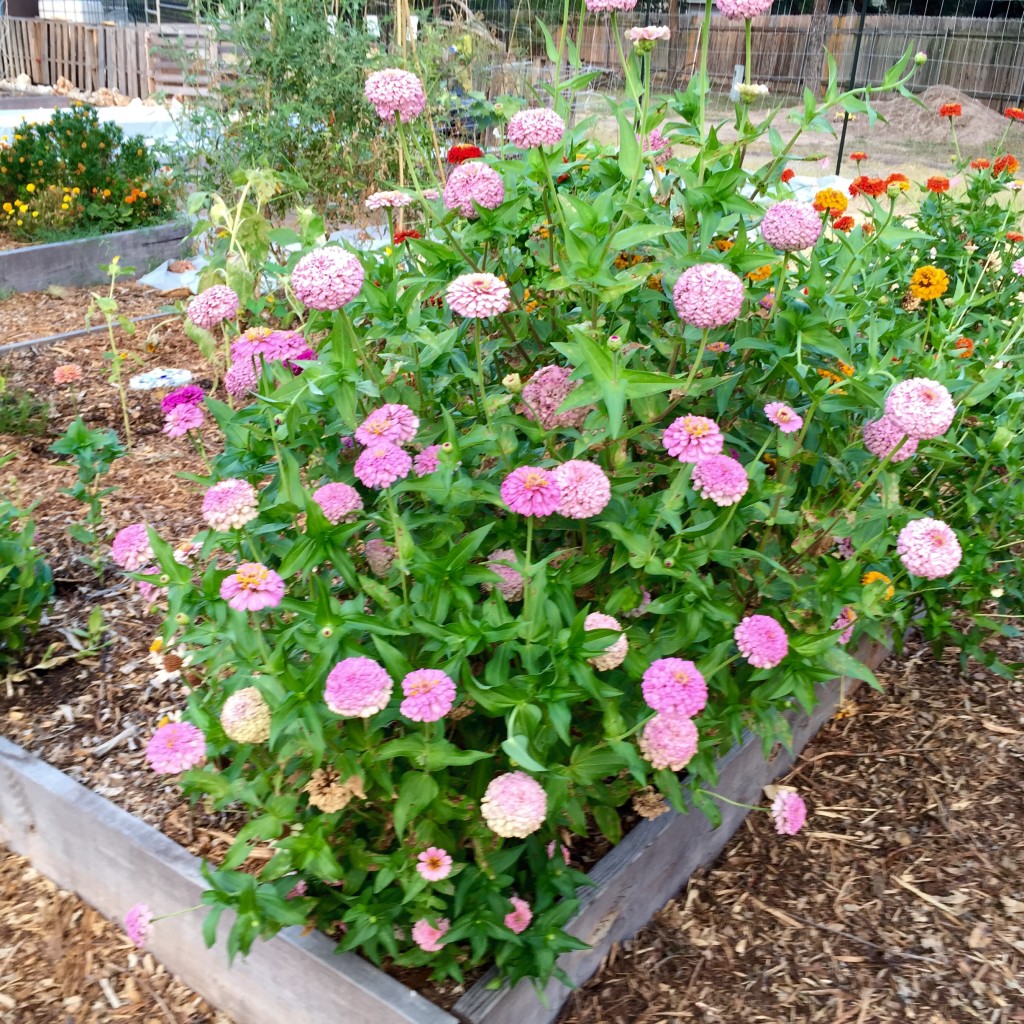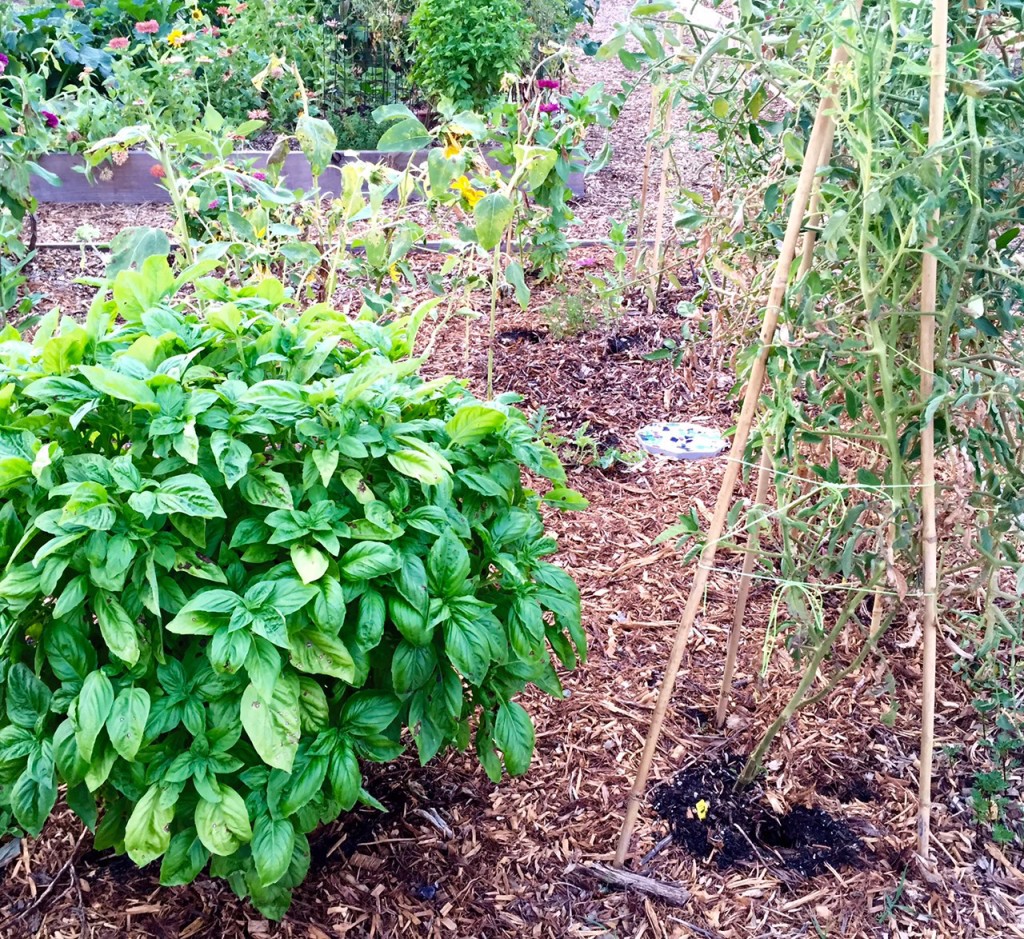Ever wondered why so many gardeners have marigolds in their beds? Not only do they deter deer, they are commonly used as companion plants. Companion planting is a method favored by organic gardeners that involves planting different crops together that benefit each other. These benefits include natural pest control, aiding pollination, adding or removing elements to and from the soil and structural benefits. It’s a little early to start planning for your spring garden but when you do, here are some ideas and methods to take into consideration and try out.
Marigolds and nasturtiums have more than just a pretty face. Both have scents that keep garden pests like whiteflies away and the roots of French marigold deter parasitic nematodes. Nasturtiums attract aphids keeping them ways from other plants but deter squash bugs, cucumber and pumpkin beetles and many other pests. But wait! There’s more – the flowers and leaves are edible too. You can use them in salads among other things. Sunflowers can provide some much needed shade and they also attract aphids acting as a pest trap. Petunias (and borage) repel tomato hornworms and many beetles. Bee Balm and Zinnias attract pollinators.
The square foot gardening system is a popular system used widely at Adelphi Acre. It incorporates companion planting, planting close together to prevent weeds and planting a wide variety of crops to help prevent plant disease. One of the more interesting companion concepts combines habitat and intercropping. The three sisters’ technique consists of planting corn, squash and beans close together. The corn acts as a trellis for the beans to climb and the squash spreads on the ground and acts a mulch, keeping weeds out but moisture in. My sweet potatoes do this for my beds acting like a ground cover, with tubers growing underneath. Intercropping is planting tall, strong crops to provide shade and shelter for shorter crops and intermixing plants with deep roots with plants that have shallow roots. Deep rooted plants can provide shelter from wind and rain.
Other companion plants are beneficial because of what they add or remove from the soil. I wrote earlier about adding beans to add more nitrogen to the soil. Many crops deplete nitrogen but you can plant beans and peas to add it back. Beets add magnesium to the soil. Garlic keeps more than vampires at bay. Planted garlic accumulates sulfur that acts as a fungicide.
Some plants improve the health and even flavor of others. Like a caprese salad, tomatoes taste better with basil. Onions improve broccolis’ flavor. Tarragon and savory repel pests, are great herbs to cook with and improve the flavor of many vegetables. Chamomile improves the flavor of other herbs and attracts pollinators.
Unfortunately, not all plants get a long and it’s not a good idea to keep friends close but enemies closer. There are certain plants that are detrimental to each other and compete for resources. But that’s a blog for another day. There are many lists and charts available online to help guide you to compatible plants and which plants to avoid. Just google it and use a chart to help you plan your garden. One of my favorite, comprehensive resources is this site: https://www.ghorganics.com/page2.html. You can also find many planting resources in the Member Resources section of this website, Member Resources.


